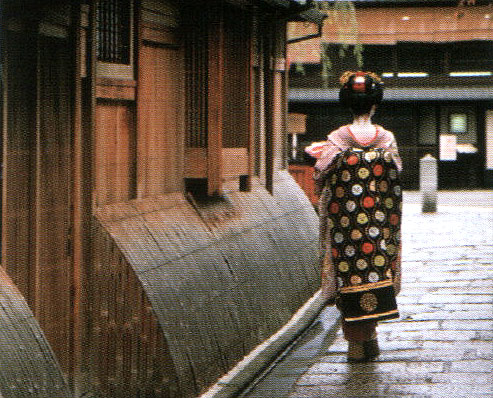

In Aichi prefecture, the record of public medical school indicates that the lecture of pathology was started as early as in 1878 by Dr. Ishikawa and Dr. Toraiwa. The Department of Pathology and Biological Responses originates in the Department of Pathology, Aichi Prefectural Medical School, founded in 1906 by Prof. Naosuke Hayashi (1906-1931). Dr. Hayashi was a student of Prof. Akira Fujinami, who was the first professor of Department of Pathology, Kyoto University. Prof. Hayashi extensively studied epidemiology and pathology of parasitic diseases, which led to the discovery of responsible parasites in Tsutsugamushi disease (Rickettsia tsutsugamushi). The 2nd professor was Dr. Tetsuji Kimura (1932-1946), who established the concept of Kimura disease (inflammaory granuloma observed in paratid glands or soft tissue of extremities with hyperplasia of lymphoid follicles and eosinophils). The 3rd professor was Dr. Masasumi Miyakawa (1946-1970), who succeeded in producing germ-free rats. The 4th professor was Dr. Souichi Iijima (1978-1983), who worked on the return of autopsy samples of the atomic bomb victims as the dean of Hiroshima University and later of Nagoya University. The 5th professor was Dr. Junpei Asai (1984-1997), who performed numerous original works on the reticuloenthoethial system and stromal cells. The 6th professor is Dr. Naoyoshi Mori (1997-2007), who worked on the molecular diagnostics of human malignant lymphoma. The current director, the 7th Professor, is Dr. Shinya Toyokuni (2008-present). The major aim of the present department is to understand the biological and genetic basis of diseases and to bring up hospital pathologists with a sound modern biomedical background. Therefore, most studies in this department are carried out with multi-disciplinary approaches including morphology, biochemistry, molecular biology, genetics and systems biology.
Outline of Teaching Activities:
The Department of Pathology and Biological Responses is responsible for undergraduate education in collaboration with Department of Tumor Pathology as well as Laboratory of Anatomic Pathology in the University Hospital. The pathology course for medical students is planned as a systematic education of pathology in the curricula of the 3rd year. It consists of lectures, the analysis of autopsy cases, and examination of pathologic materials from autopsy and surgical specimens. The course is divided into two parts; Basic Pathology, which gives instructions in the mechanism of tissue injury and repair, circulatory disturbances, inflammation, and oncology: and Systemic Pathology, which gives instructions in the macroscopic and microscopic pathologic changes in each organ system. Extensive laboratory training in histopathology is given during the 3rd year. In the 5th year, clinico-pathological conferences (CPC) are planned for medical students to apply their knowledge of pathology to actual clinical cases.
For the graduate students, 4 years' research training in human, experimental, and molecular pathology is provided. Each student will be assigned to a research team led by a faculty member whose specialty are shown below. By submitting a thesis (normally one or two full papers published as the first author in a peer-reviewed international scientific journal), the degree of Ph.D. will be awarded to a successful candidate. For research students (Kenkyusei), 5 years' training is required. Overseas students are welcome if they are financially supported. Efficient communication ability either in Japanese (preferably, second-grade in the Japanese proficiency test), English or both is a necessary requirement for acceptance to our laboratory.
Outline of Research Activities:
1. Elucidation of free radical-induced carcinogenesis and its prevention
2. Visualization and detection of free radical-associated damage
3. Elucidation of asbestos-induced pathology
4. Development of novel techniques for pathological diagnosis